A jambalaya spice mixture is a blend of spices used to flavor jambalaya, a traditional Louisiana dish. It typically includes paprika, cayenne pepper, garlic powder, onion powder, dried thyme, oregano, and black pepper. This guide provides the exact recipe, how to use it, storage tips, and top store-bought blends.
| Ingredient | Flavor Profile | Function in the Mix |
|---|---|---|
| Paprika | Mildly sweet, smoky | Base color and gentle heat |
| Cayenne Pepper | Medium to hot heat | Adds fiery kick |
| Garlic Powder | Earthy, savory | Umami boost |
| Onion Powder | Mellow sweetness | Depth and background flavor |
| Dried Thyme | Herbaceous, woodsy | Creole character |
| Oregano | Robust, earthy | Balances richness |
| Black Pepper | Peppery bite | Sharpens overall flavor |
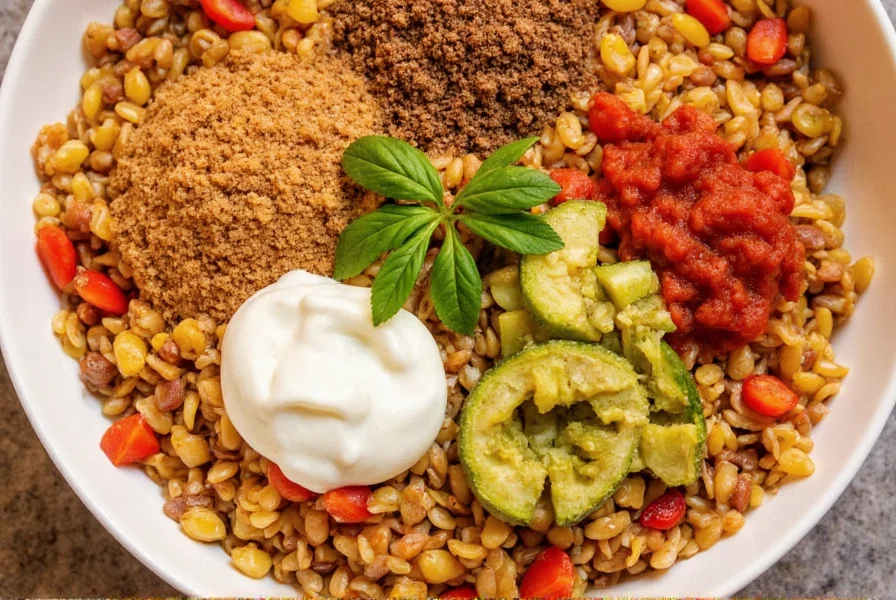
Why This Mixture Matters in Southern Cooking
Jambalaya isn't just a dish—it's a cultural symbol of fusion, blending Spanish, French, and African influences into one hearty meal. And the spice mixture is the thread that ties all those flavors together. Without it, your jambalaya is just meat and rice stewed in tomato sauce. With it? Pure culinary alchemy.
Historical Roots
Invented by settlers who wanted to recreate Spanish paella using local ingredients, jambalaya evolved over time. The spice mix adapted alongside it, reflecting regional tastes and ingredient availability. Today, every cook adds their own twist, but the foundational blend remains sacred.
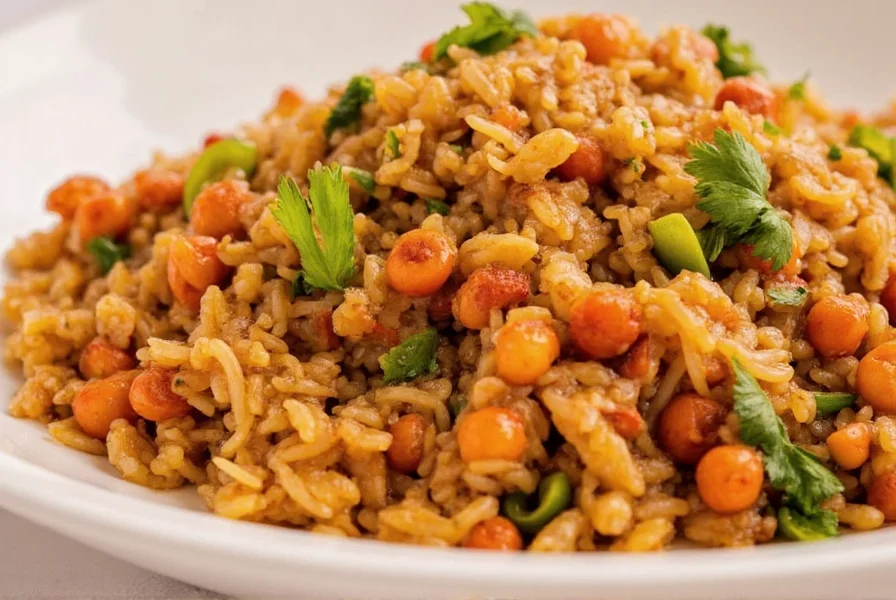
How to Use It Like a Pro (With Tips!)
Using jambalaya spice correctly can transform an average dish into something extraordinary. Here are some pro tips:
- Taste Before You Cook: Sprinkle a tiny bit on your finger and taste it. Adjust quantities based on your heat tolerance and flavor preferences.
- Add Early: Incorporate the spice mixture early in the cooking process to let flavors bloom and meld with the base ingredients.
- Layer Wisely: Don't rely solely on the spice mix—use fresh herbs like bay leaves or green onions to enhance complexity.
- Balance with Acid: A splash of vinegar or lemon juice at the end can brighten up the entire dish.
Buying Guide: Top Picks for Ready-Made Blends
If making your own blend sounds intimidating, no worries! There are plenty of high-quality store-bought options. Below is a comparison of five top-rated jambalaya spice mixes:
| Brand | Key Features | Heat Level | Best For |
|---|---|---|---|
| Old Bay Jambalaya Seasoning | Classic blend with paprika, garlic, and cayenne | Mild to medium | Beginners and family-friendly meals |
| Tony Chachere's Original Creole Seasoning | Well-balanced, slightly saltier | Medium | Traditional Creole lovers |
| Zatarain's Jambalaya Mix | Includes pre-measured rice and seasoning packet | Low | Quick weeknight dinners |
| McCormick Culinary Jambalaya Seasoning | Professional-grade quality, less sodium | Medium-hot | Restaurants and serious cooks |
| Slap Ya Mama Cajun Seasoning | Very bold, with garlic and pepper dominance | Hot | Heat seekers and gumbo makers |
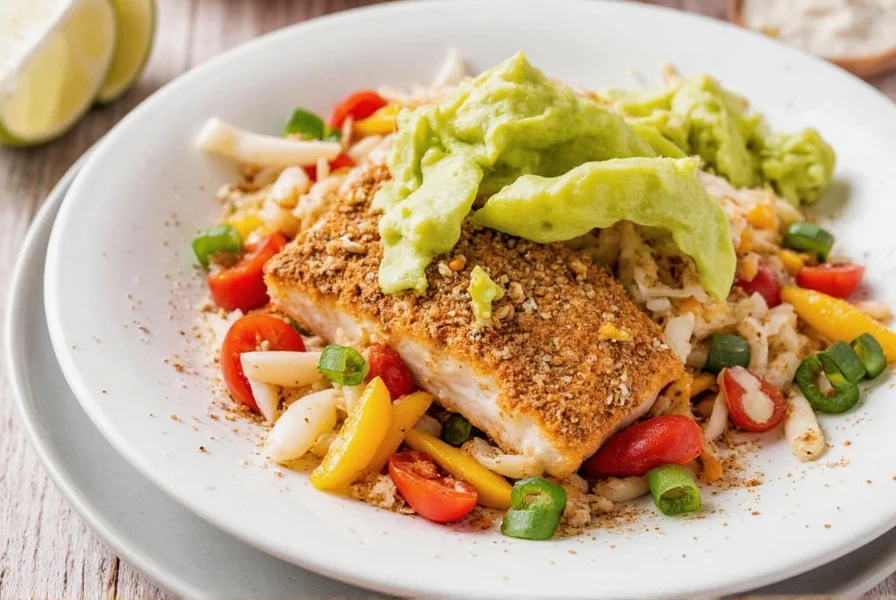
DIY: How to Craft Your Own Jambalaya Spice Mixture at Home
Ready to take control of your flavor destiny? Making your own jambalaya spice mixture is easier than you think—and infinitely customizable. Here's a basic recipe:
- 2 tbsp smoked paprika
- 1 tbsp cayenne pepper
- 1 tbsp garlic powder
- 1 tbsp onion powder
- 1 tsp dried thyme
- 1 tsp oregano
- 1 tsp black pepper
Mix everything well and store in an airtight container. You can tweak the cayenne amount for more heat or add a pinch of cumin for a Tex-Mex twist!
Storage & Shelf Life: Keep the Fire Alive
Like any spice blend, your homemade or store-bought jambalaya spice mixture will lose potency over time. Here's how to keep it fresh:
- Store in dark glass jars away from sunlight and moisture.
- Keep in a cool, dry place like a pantry or cupboard.
- Label clearly with the date of creation or purchase.
- Shelf life: About 6–12 months, depending on humidity and packaging.
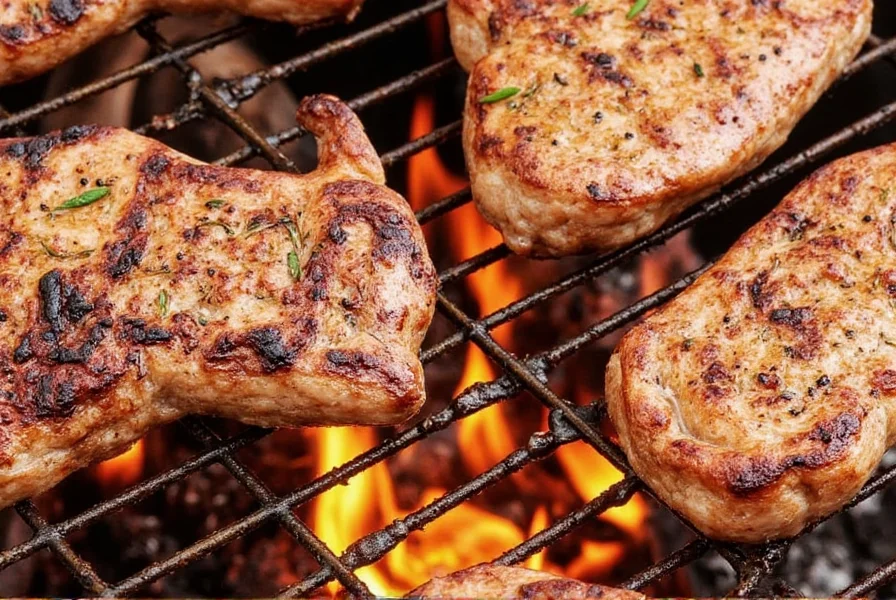
Frequently Asked Questions
What's the difference between jambalaya spice and Cajun seasoning?
While they share many ingredients, jambalaya spice is specifically formulated for rice-based dishes and tends to be more herb-forward with a balanced heat profile. Cajun seasoning generally has more pepper and is designed for meat seasoning. Jambalaya spice often includes more oregano and thyme, while Cajun seasoning emphasizes black and white pepper.
How much jambalaya spice should I use per pound of meat?
A good starting point is 1-2 tablespoons of jambalaya spice per pound of meat. For a standard 4-5 pound batch of jambalaya, 3-4 tablespoons is typically sufficient. Remember to taste as you go—you can always add more, but you can't take it out once it's in!
Can I use jambalaya spice for dishes other than jambalaya?
Absolutely! Jambalaya spice works wonderfully on roasted vegetables, in soups and stews, as a rub for grilled meats, in deviled eggs, and even sprinkled on popcorn. It's particularly good in any tomato-based sauce or seafood dish. Many cooks use it as a versatile all-purpose seasoning for Southern-style cooking.
Is jambalaya spice gluten-free?
Most pure spice blends are naturally gluten-free, but always check the label if buying pre-made. Some commercial blends may contain anti-caking agents that could have gluten. When making your own at home with basic spices, it will be naturally gluten-free as long as your individual spice ingredients are certified gluten-free.
How can I make my jambalaya spice less spicy?
To reduce heat, decrease the amount of cayenne pepper and increase the paprika. You could also add more onion powder or a pinch of sugar to balance the heat. If you've already made the blend too spicy, mixing it with additional paprika (at a 2:1 ratio of paprika to your original blend) will help mellow it out without altering the flavor profile too much.
What can I substitute for jambalaya spice if I don't have it?
If you're in a pinch, combine equal parts paprika, garlic powder, onion powder, dried thyme, oregano, and black pepper with a pinch of cayenne. For a closer approximation, use Cajun seasoning but reduce the amount by 25% and add a bit more thyme and oregano. Another option is to use Creole seasoning with a slight increase in herbs.
Does jambalaya spice contain salt?
Traditional homemade jambalaya spice mixtures typically don't include salt, as cooks prefer to control salt levels separately based on dietary needs and other ingredients. However, many store-bought blends do contain salt—sometimes quite a lot. Always check the ingredient list if you're watching your sodium intake, and consider making your own if you need a salt-free version.
Why does my homemade jambalaya lack depth even when using the right spice mixture?
The depth in jambalaya comes from the "holy trinity" of celery, bell peppers, and onions cooked down properly before adding other ingredients. Make sure you're sautéing these vegetables slowly until they're deeply caramelized. Also, consider using smoked paprika instead of regular, and don't skip the step of browning your meat well before adding liquids. The spice mixture enhances these foundational flavors but can't create them on its own.
Final Thoughts on This Flavor-Packed Staple
The jambalaya spice mixture is more than just a seasoning—it's a passport to flavor, tradition, and culinary creativity. Whether you buy it or make it yourself, mastering this blend opens the door to countless variations and mouthwatering meals. So go ahead, dust off that Dutch oven, invite your friends over, and bring the spirit of New Orleans right into your kitchen.
And remember: the best jambalaya isn't made by following a recipe exactly—it's made by tweaking, tasting, and trusting your instincts. Happy cooking!

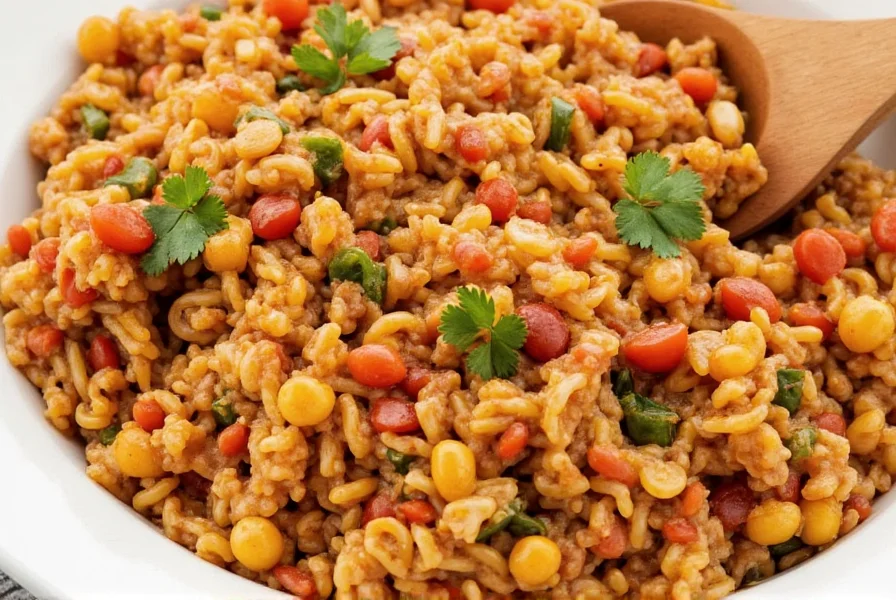









 浙公网安备
33010002000092号
浙公网安备
33010002000092号 浙B2-20120091-4
浙B2-20120091-4